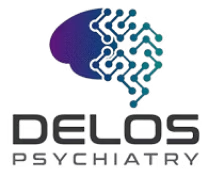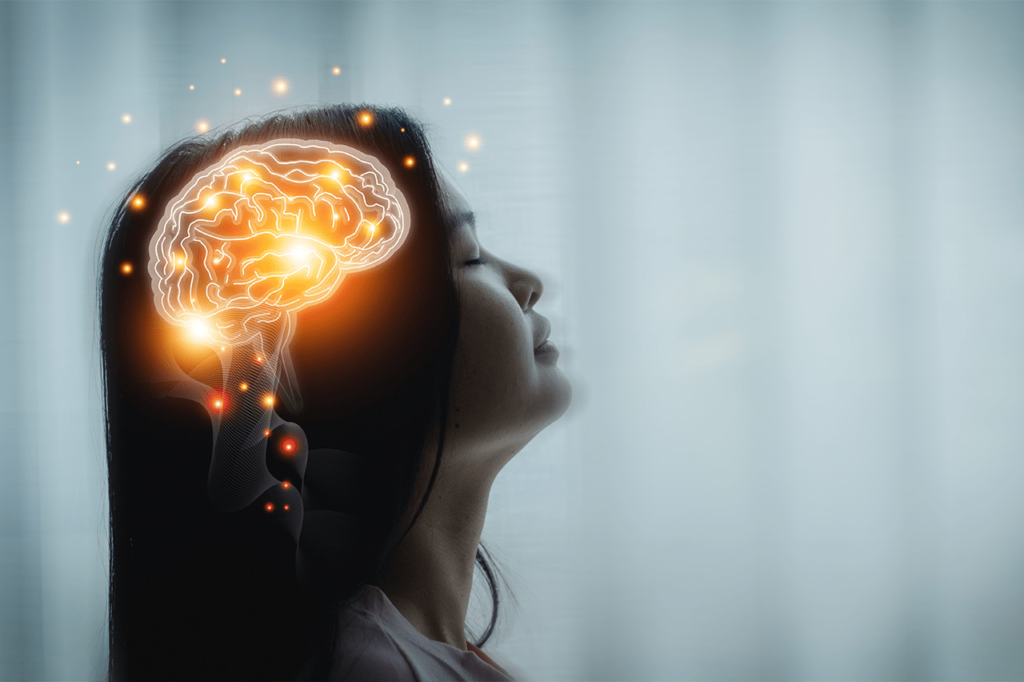Transcranial Magnetic Stimulation (TMS) has been hailed as a game-changing treatment for depression, particularly for those who haven’t responded to medication. It’s non-invasive, doesn’t require drugs, and has been FDA-approved for conditions like major depressive disorder (MDD), OCD, and anxiety.
But here’s the catch—while many people experience significant relief, others don’t see much improvement at all. Why does TMS work for some but not for others? If you’re considering TMS or wondering why it didn’t work for you, let’s break down the key factors that influence its effectiveness.
Why TMS Works for Some People
Their Depression Is Linked to Brain Activity Issues
Transcranial Magnetic Stimulation is particularly effective for individuals whose depression is caused by dysfunction in the dorsolateral prefrontal cortex (DLPFC)—the area of the brain responsible for mood regulation. If a person’s depressive symptoms stem from imbalanced neural activity, TMS can help restore normal function.
They Complete the Full Course of Treatment
Transcranial Magnetic Stimulation is not a quick fix. Research shows that patients who stick to the full treatment schedule—typically 5 days a week for 4-6 weeks—are more likely to experience long-term benefits. Skipping sessions or stopping early reduces the likelihood of success.
Their Brain Responds Well to Stimulation
Some people’s brains are simply more responsive to magnetic stimulation than others. Factors like neuroplasticity (the brain’s ability to form new connections) can influence how well someone responds to TMS. Younger individuals or those with higher brain plasticity tend to see better results.
They Have Minimal Treatment-Resistant Depression
If a person has only tried one or two antidepressants without success, they’re more likely to respond to TMS. However, those with severe treatment-resistant depression (who have failed multiple medications over the years) may find that TMS alone isn’t enough.
They Pair TMS with Therapy and Lifestyle Changes
Transcranial Magnetic Stimulation works best when combined with therapy, exercise, and healthy lifestyle habits. Patients who actively engage in CBT (Cognitive Behavioral Therapy), practice mindfulness, or follow a structured self-care routine tend to experience stronger and longer-lasting improvements.
Why TMS Doesn’t Work for Everyone
Their Depression Has a Different Underlying Cause
Not all depression is the same. For some people, depression is more biochemical (related to neurotransmitters like serotonin and dopamine) rather than structural (linked to brain activity). Since Transcranial Magnetic Stimulation targets brain regions rather than chemical imbalances, it may not work well for those whose depression is deeply tied to genetics or hormonal issues.
They Have Severe Treatment-Resistant Depression
Studies show that people with long-term, treatment-resistant depression (those who have failed 4+ antidepressants) may not respond as well to TMS. In such cases, electroconvulsive therapy (ECT) or ketamine therapy may be more effective alternatives.
They Don’t Complete the Full Treatment Plan
Many patients start TMS with high hopes but drop out before completing all sessions. Consistency is key—missing sessions or stopping early can significantly reduce its effectiveness.
The Stimulation Target Area Wasn’t Optimized
TMS works best when the magnetic coil is placed correctly over the right part of the brain. If the coil positioning, intensity, or frequency isn’t properly adjusted, the treatment might not be as effective. That’s why it’s crucial to receive TMS from an experienced provider who can tailor the settings to your needs.
Other Conditions Are Affecting Their Mental Health
If someone has untreated PTSD, bipolar disorder, severe anxiety, or a personality disorder, TMS might not be enough on its own. In these cases, a combination of treatments, including medication and therapy, is often necessary for meaningful improvement.
They Expect Immediate Results
TMS isn’t an overnight solution. Some people don’t notice improvements until weeks after their last session. If a patient expects immediate relief and gives up too soon, they may assume the treatment “didn’t work” when, in reality, it just needed more time.
Who Is Most Likely to Benefit from TMS?
TMS is most effective for individuals who:
- Are willing to complete the full treatment course (30+ sessions)
- Have moderate to severe depression that hasn’t responded to 1-2 medications
- Have depression linked to brain activity dysfunction rather than solely biochemical imbalances
- Combine TMS with therapy, exercise, and other lifestyle changes
- Do not have bipolar disorder, schizophrenia, or other complicating mental health conditions
Final Thoughts: Is TMS Worth Trying?
TMS is a promising, non-invasive treatment that has helped many people find relief from depression when nothing else worked. However, it’s not a one-size-fits-all solution. While some experience dramatic improvements, others see little to no change.
If you’re considering TMS, it’s essential to understand what makes a good candidate and to set realistic expectations. If it doesn’t work for you, that doesn’t mean you’re out of options—there are always alternative treatments available.


